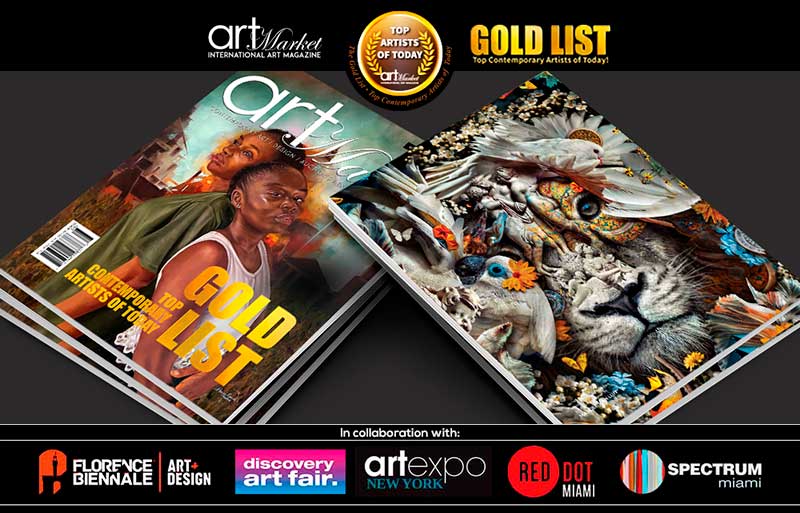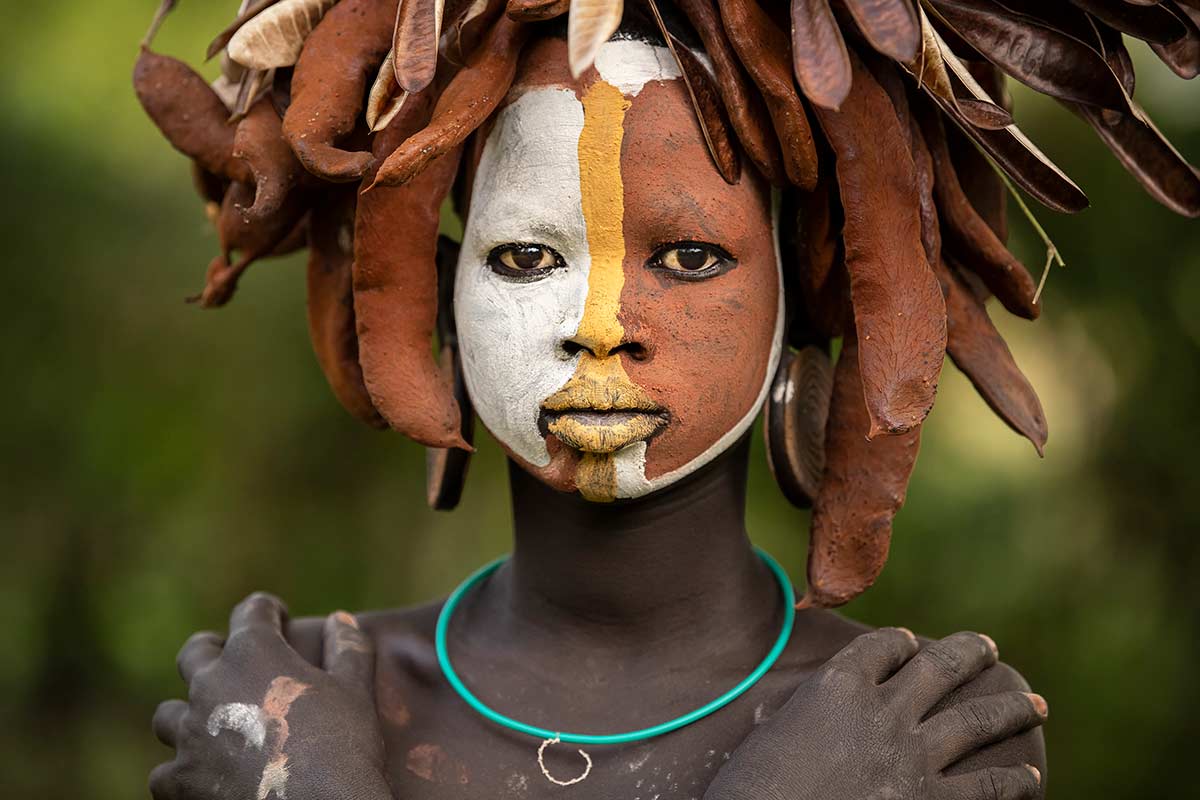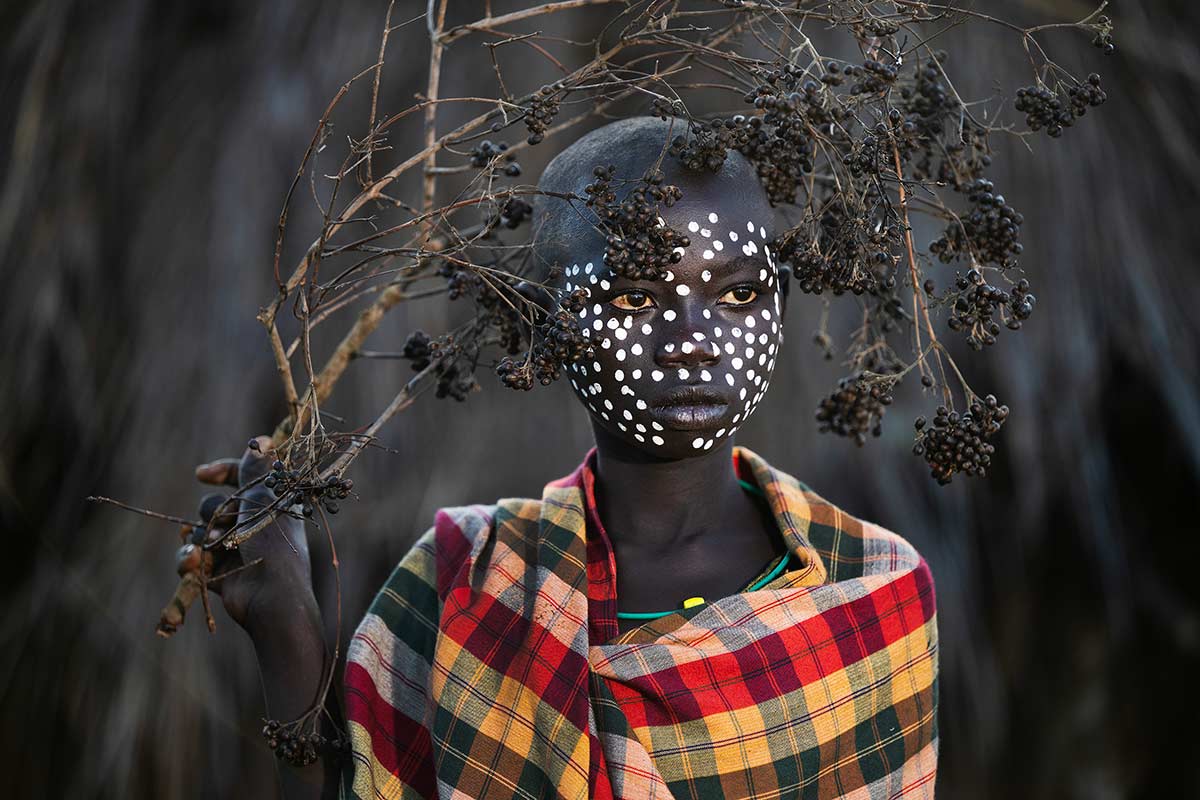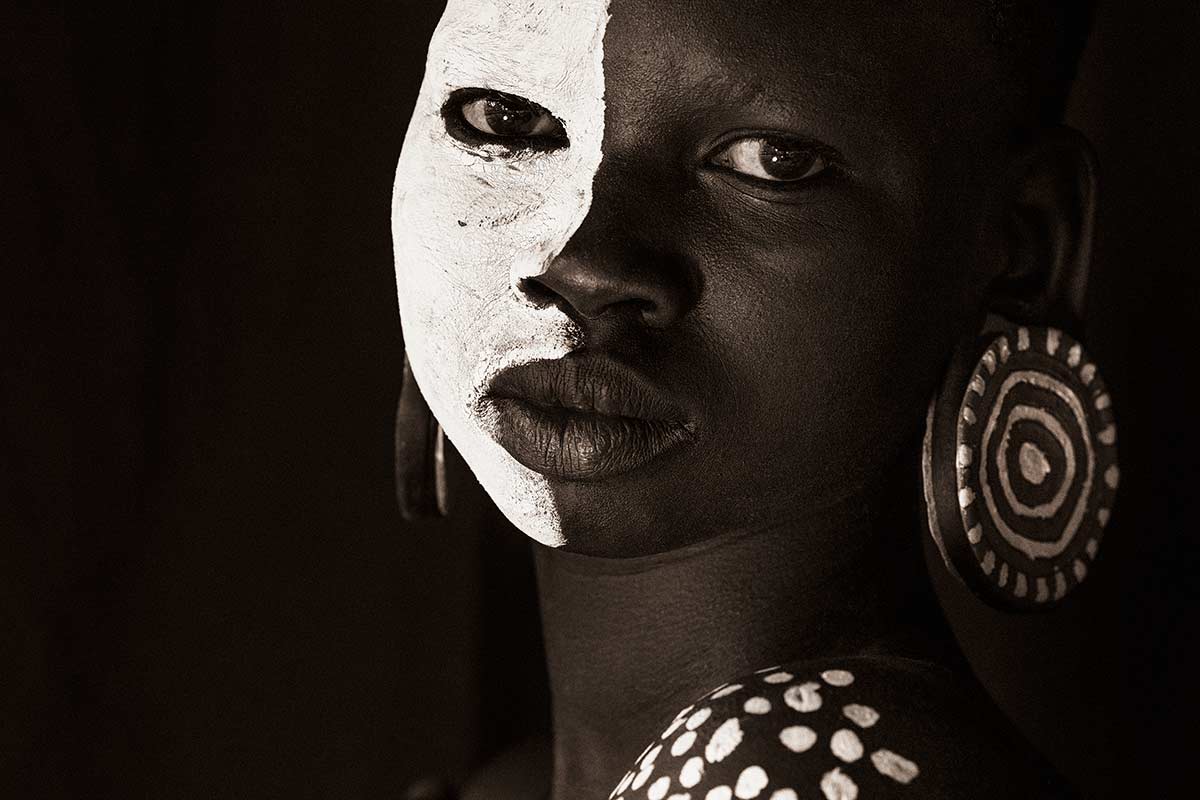A Passion for Africa
An Exclusive Interview With Piper Mackay
By Ariel SU
PRESENTING THREE PROJECTS:
SURI | EXPRESSIONS IN NATURE
VOICES AND LEGENDS | RIFT VALLEY TRIBES
SECRETS OF THEIR OWN | IN THE SHADOWS
“I am going to be a wildlife photographer and live one year of my life in Africa.” This statement was quite bold or rather naive, as I had never even used a professional camera before the one I purchased for that vacation.”
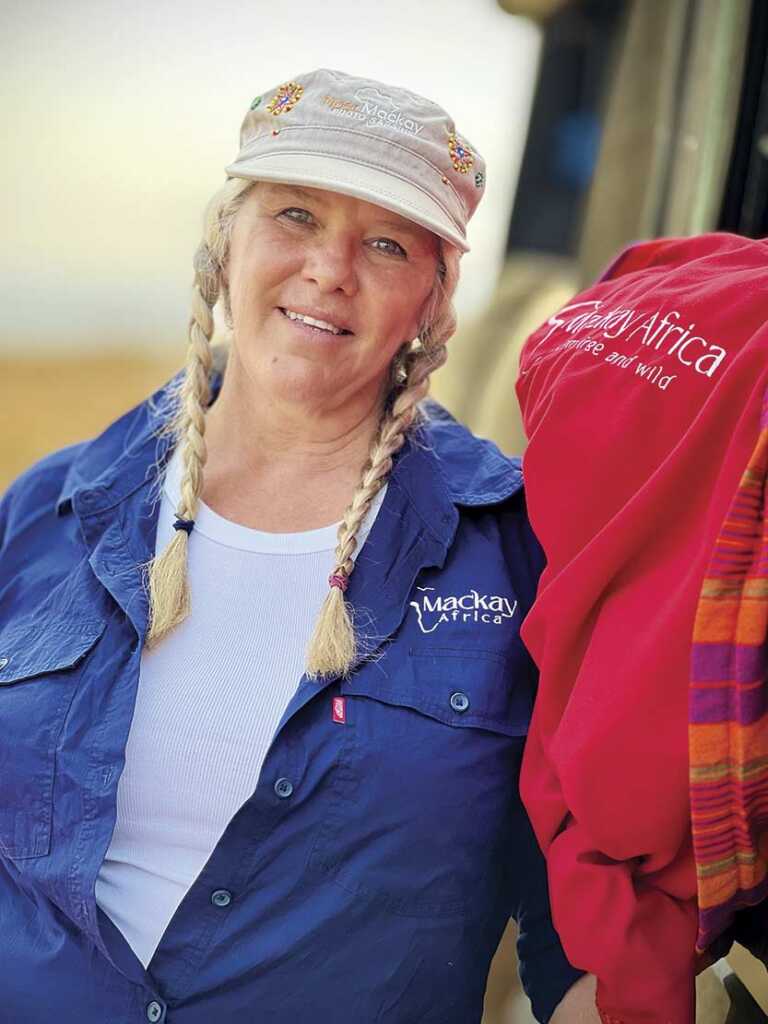

Right: SURI | EXPRESSIONS IN NATURE © Piper Mackay
When she first set foot on its rich red soil, Piper Mackay fell in love with the African continent. This led her to embark on an intrepid journey as an African wildlife and cultural photographer across the continent. She created an exit plan to leave behind a successful career in the fashion industry, driven by her passion for creating compelling imagery and stories that make a difference. To achieve this, she moves away from the beaten path and immerses herself in the cultures and wild environments she is photographing.
Piper Mackay is a highly acclaimed photographer who has made a name for herself in the world of photography. Piper’s awe-inspiring work has been recognized and appreciated by many and gained success worldwide, and has been published in prestigious publications such as Nature’s Best, National Geographic, National Geographic Explorer, Travel Africa, WWF calendars, birders, and numerous travel publications, including in past Lens Magazine issues dedicated to the Travel and Portrait themes. Her work is also represented in four out of five Remembering Wildlife books, a testament to her skill and talent. Her beautiful and meaningful photographs capture the essence of nature and wildlife.
Piper’s passion for the natural world has grown into a lifelong commitment to inspire others to explore, respect, and preserve the beauty of our fragile planet.
Piper’s photographs have been exhibited at several prestigious venues, including the Smithsonian Natural History Museum in Washington, D.C., The Museum of History and Industry in Seattle, Washington, The Art Wolfe Gallery, and The G2 Gallery. Her work is also displayed in public spaces and private collections worldwide.
Apart from being a prolific photographer, Piper is also an inspirational speaker for Canon, Nikon, and extensive photography venues. She is known for leading safaris and tribal expeditions across the African Continent, which has allowed her to capture some of the most extraordinary and breathtaking images. Her passion for photography and love for nature are evident in every photo she captures, making her an inspiration to many.
It is a pleasure to present an intriguing interview with a brilliant photographer and showcase her project, which is focused on the Suri tribe in the Omo Valley, Ethiopia.
An Exclusive Interview With
Piper Mackay
By Ariel SU
Art Market Magazine: Congratulations, Piper, on being awarded the GOLD LIST. We were truly captivated by your exceptional style and accomplishments. Today, we will delve into your captivating series of portraits featuring the Suri tribe in the enchanting Omo Valley, Ethiopia. This ongoing project beautifully embodies your deep affection for Africa, its people, and the vibrant natural surroundings.
Before we dive into your photography project, let’s explore your background and the driving force behind your passion for photography. What initially sparked your interest in this field? Where did you acquire and refine your distinctive photographic technique?
Piper Mackay: I am deeply grateful for your interest and incredibly humbled to have been selected as the recipient of the prestigious GOLD LIST International Award.
My love for Africa started in childhood. I dreamed of visiting Africa since my earliest memories. From the moment my feet hit the rich red soil of Africa, I was changed. The sights, the smells, the sounds, the raw and wild spaces; it was a magic that filled my soul in a way nothing ever had. Days later, in the heart of the Serengeti, at our private mobile tent camp surrounded by the greatest migration in the world, I sat in awe and said, “I am going to be a wildlife photographer and live one year of my life in Africa.” This statement was quite bold or rather naive, as I had never even used a professional camera before the one I purchased for that vacation. Nonetheless, I began to dream of a life in Africa.
For almost twenty years, I pursued a fashion and textile designer career. While I collaborated with photographers, I had no interest in photography. However, the transformative experience of my first safari ignited my passion to explore the continent extensively and document my journey through photography. Being entirely self-taught, it took years of trial and error and capturing thousands of snapshots before I grasped the fundamentals of exposure and what constituted a powerful image.
Having photographed across Africa for almost two decades and revisited many locations numerous times, my passion for capturing exotic wildlife and indigenous tribes never waned. Overwhelmed by the reckless beauty of Africa, my early years were captured in vivid color. As Africa changed rapidly with technology, I developed a sophisticated IR monochromatic style, retracing my footsteps to create images with a powerful glimpse into the raw, wild, and remote lands I first explored. My style continues to evolve as I grow in my craft, and new ideas are inspired by the ever-changing landscapes of Africa’s wildlife and the diverse cultures I encounter.
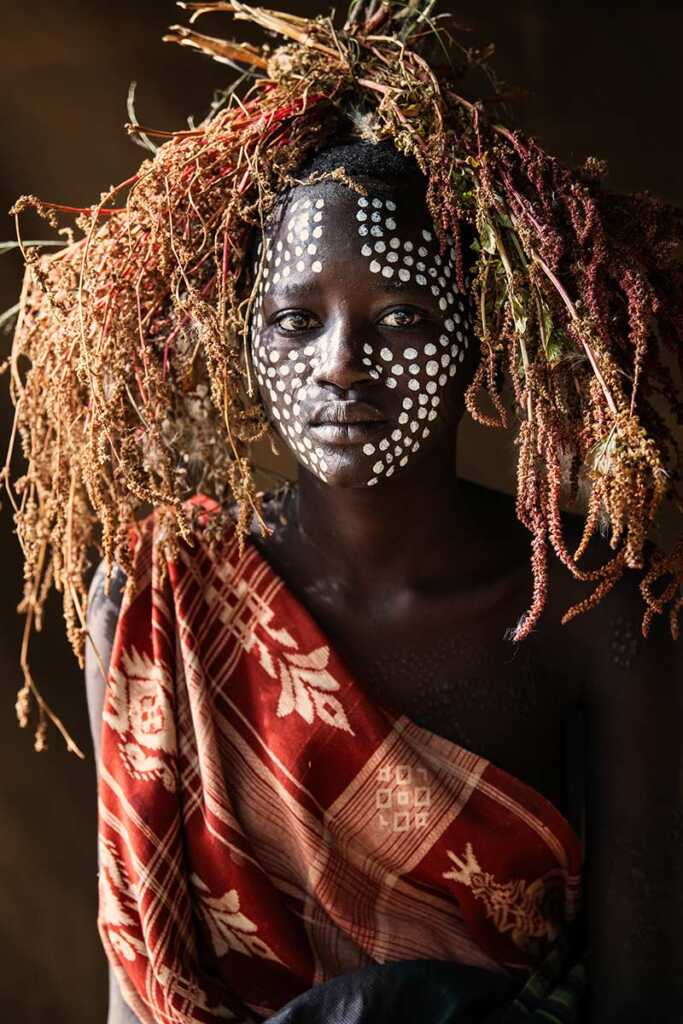
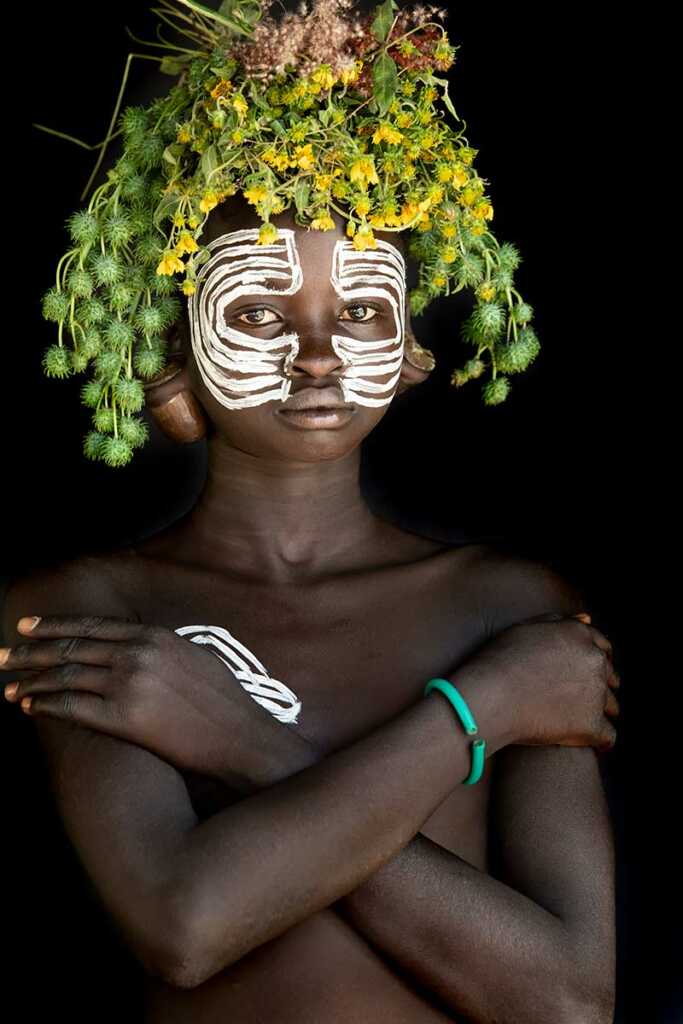
Art Market Magazine: Let’s discuss the beautiful project of ‘SURI – Expressions in Nature. ‘ In this stunning collection of portraits, the figures convey a striking, penetrating gaze while adorned with intricate floral and plant motifs, creating a captivating and multicolored tableau. I’m curious to know if this portrayal reflects the tribe’s everyday appearance or if they are explicitly adorned for ceremonial occasions or photo sessions.
Piper Mackay: African tribes are renowned for their captivating body painting, attire, and adornments. Legend has it that tribal men imitate the vibrant hues of male birds to allure their mates. This practice seems logical given their close connection to nature, where they observed male birds’ striking colors and courtship displays, which they then replicated. Among these tribes, the Suri people stand out as experts in body painting and using natural elements for ornamentation.
While they paint their bodies and wear unique decorations/skins for ceremonial occasions, there’s speculation that their elaborate headpieces were inspired by encounters with photographers in the late 1990s. Nevertheless, their ability to swiftly create these stunning headdresses from natural materials remains impressive and provides captivating subjects for photography.
Art Market Magazine: Can you share how the community reacted when you first arrived? Are they friendly and hospitable despite being far from civilization? Do they seem wary of newcomers?
Piper Mackay: Let me start with a bit of background. The tribes originated from Northern Africa and migrated into South Sudan, Ethiopia, Kenya, and Northern Tanzania. South Sudan, Southern Ethiopia, and Northern Kenya remain the last most affluent tribal areas in Africa, separated only by lines on a map. They live side-by-side, bordering each other like the countries of Europe. Each tribe’s traditions, values, and culture are different. While some were open, friendly, and curious, others were cautious and fierce.
I was captivated by these tribes and eager to learn everything about them. I spent weeks with them, returning every year as often as possible. With some tribes, friendships formed instantly; with others, it took years to earn their trust. I was fortunate to discover many of these communities before any signs of the modern world—tarmac roads, cell towers, phones, and social media—reached them.
This gave me the luxury of time to build deep relationships before modernization and tourism arrived. I have watched babies grow into children, warriors, fathers, and junior elders twenty years later.
Today, the areas open to tourism have changed significantly and are now welcome visitors. However, these tribes are people, and their first impression of you depends on how you approach and treat them. If you rush out of a vehicle and put a camera in their face, your experience will be neither intimate nor valuable, and you might not be welcomed.
It goes back to the saying, “Treat others as you wish to be treated.” These communities are incredibly special, and one should embrace the privilege of learning from and interacting with them.
Living in Kenya allows me access to discover hidden remote areas through long-standing relationships with the communities. I experienced the raw and wild Africa before modernization. These times were incredibly special, and when change started to happen, it inspired my monochromatic process. I wanted to capture what I had experienced in a way that preserved it.


Art Market Magazine: The success of a fashion or portraiture photoshoot often hinges on effective communication with the model. Establishing a good connection with the model helps guide their poses and expressions, ensuring they come across exactly as I envision for the photographs. How do you communicate with your models, especially when language boundaries exist?
Piper Mackay: Building a strong connection with your subject, whether a person or an animal, is crucial for capturing an emotionally impactful image. As I mentioned, I dedicated a significant amount of time to building relationships with tribes, not solely to take photographs but because I was genuinely intrigued by their customs and ways of life.
When entering a village for the first time, I refrained from bringing my camera and instead focused on getting to know the community. Understanding their daily routines and interactions was essential for me to capture their narratives authentically. Without this interaction and insight into their lives, it would be challenging to convey their stories accurately. Establishing a connection, even just for a few minutes, is vital for creating compelling images that resonate emotionally. Being personally engaged with your subject allows more intimate moments to unfold naturally instead of rigidly directing them like a statue. Additionally, having a skilled and empathetic translator plays a significant role in fostering understanding and trust within the community.
Art Market Magazine: Over the past few years, you have honed a distinctive technique for using infrared photography, which has become a cornerstone of many of your projects. Compared to conventional techniques methods, what are the benefits of portraits in infrared photography?
Piper Mackay: A process like this is simply a creative choice. One might choose many different infrared filters and use multiple ways to process the file. My choice was a simple filter that created a look to freeze in time the timelessness that I experienced in my first decade across Africa. Unlike a traditional black and white, which is just various light shades of greyscale, my filter produces different tonalities than the standard monochromatic scale – adding browns, reddish browns, creams, and hints of blue at times. It reads the colors of living organisms differently, such as clouds, sky, and foliage, and captures them differently than a standard color camera turned black and white, giving it a more robust dynamic range and look. Again, I would not say this is a benefit of creating portraits but rather an artist’s choice of creative style.
Art Market Magazine: Did you employ the infrared technique in the stunning ‘VOICES AND LEGENDS’ portraits showcasing the Rift Valley Tribes?
Piper Mackay: This entire collection was captured and processed using my infrared technique. I have released the first two of several collections utilizing this technique. The colors are designed to exude elegance and warmth, blending rich earth tones with vibrant hues inspired by Africa’s natural beauty. They complement textured African textiles and woven baskets made from natural fibers, seamlessly integrating into the decor of a luxury African-inspired room or safari camp. Ambient lighting enhances the serene atmosphere, making a space feel opulent and deeply connected to the continent’s cultural heritage.
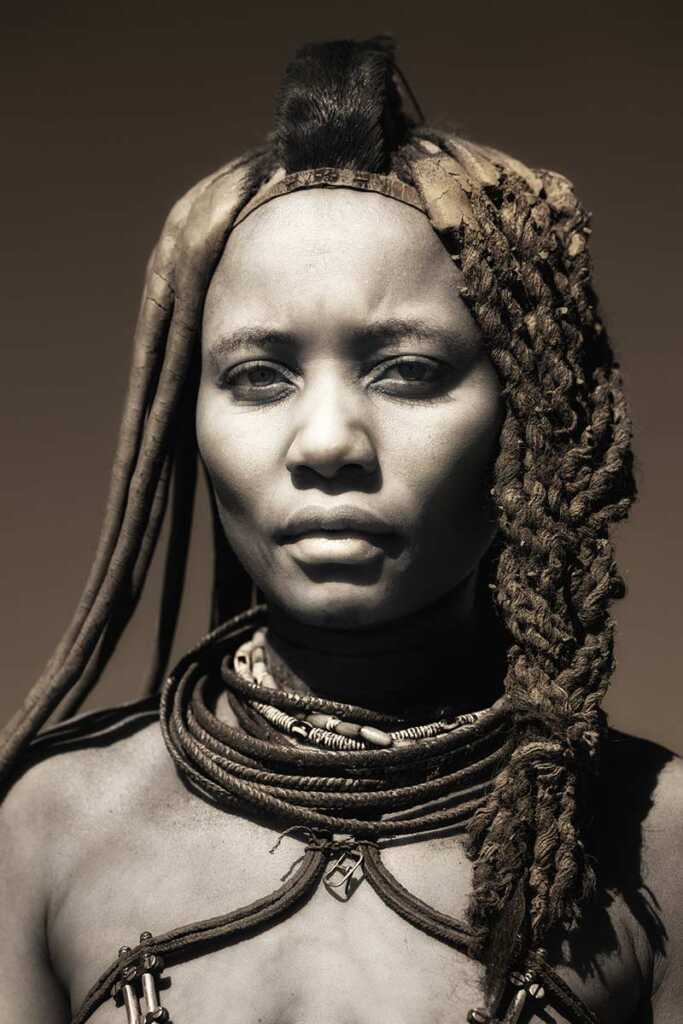
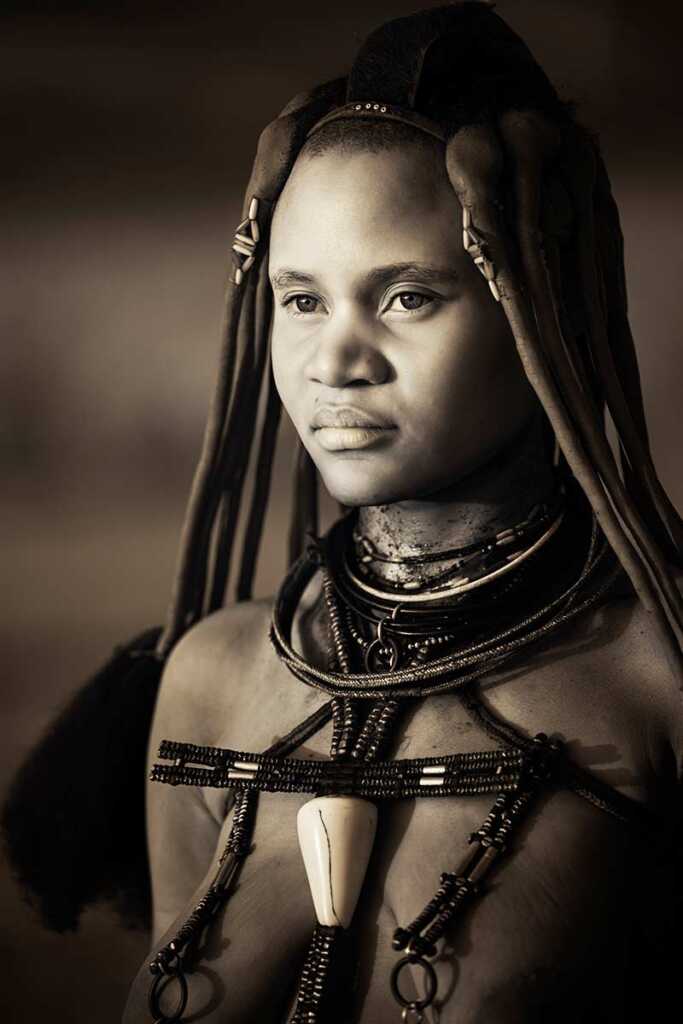
Art Market Magazine: From the perspective of many years of experience, what would be your advice to the young photographer who wishes to gain his place in the field? Is there any particular advice for women photographers?
Piper Mackay: Despite its repetitiveness, always pursue what ignites your passion. This profession is fraught with challenges, regardless of your experience. Without a profound love for your photography niche, you’ll unlikely endure the hardships.
Let it become a way of life, something you do out of necessity. If fame and wealth are your primary motives, consider a different path; it will offer a smoother journey toward your objectives. And my advice to women photographers:
In my two-decade journey photographing across Africa, the challenges of being a female photographer persist. Simply put, the path to success is more arduous for us due to a significantly higher ratio of male photographers, particularly in the professional realm. It’s crucial to note that this isn’t a negative statement but rather a factual observation meant to provide context. As we’ve progressed through life, we understand the significance of connections and who knows us when opportunities arise.
Hence, backing us could mean advancing your career more quickly. Opt for workshops, photography classes, or seminars led by professional female photographers. They can serve as valuable mentors and recommend you for future opportunities.

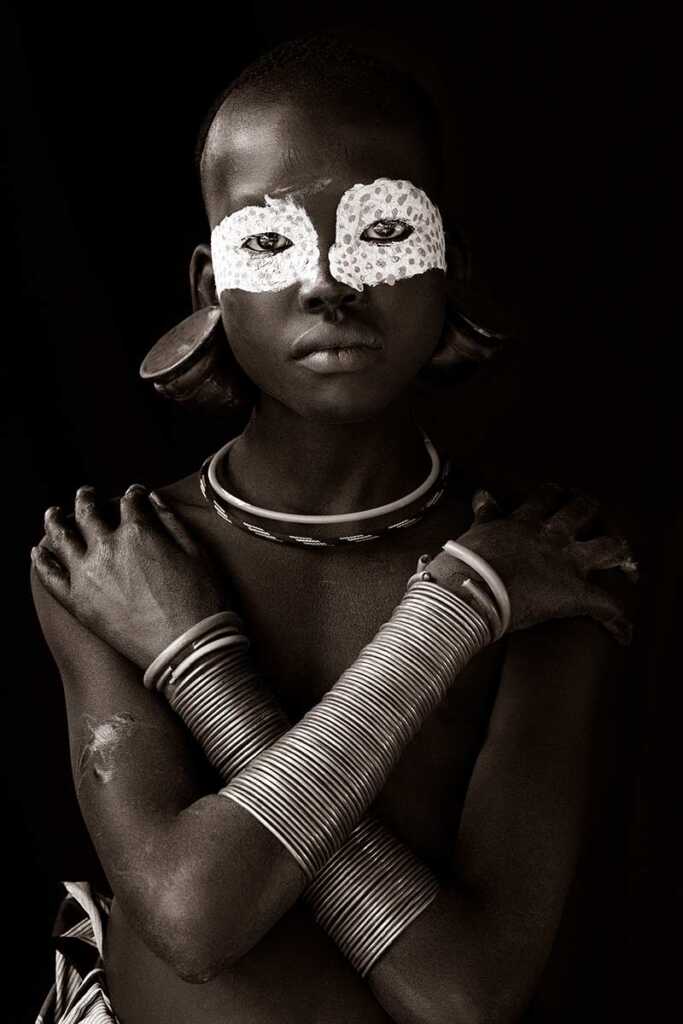
Art Market Magazine: Where can collectors and art enthusiasts find your artwork on display and available for purchase?
Piper Mackay: It has taken many passionate years to retrace my footsteps, creating a unique body of work to represent my vision and honor these tribal communities. The first collections have been released on my new fine art limited edition site – www.PiperMackay.com, and can be purchased through the site. In July 2025, some of the top images will be part of the Julia Margaret Cameron group exhibition in Barcelona, Spain. I am currently negotiating with a few venues for a solo show in 2026 and 2027 and a few high-end stores specializing in African décor. Announcements will be made through the site listed.
See the full article in the GOLD LIST Special Edition #8
Fine Art Collections: www.PiperMackay.com
Safaris and Private Tours: PiperMackayPhotography.com
Instagram: @piper_mackay
Facebook: /PiperMackayPhotoSafaris

